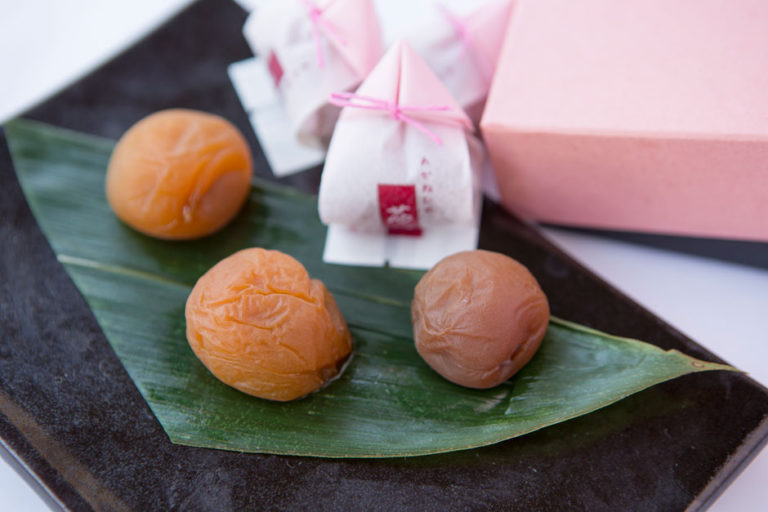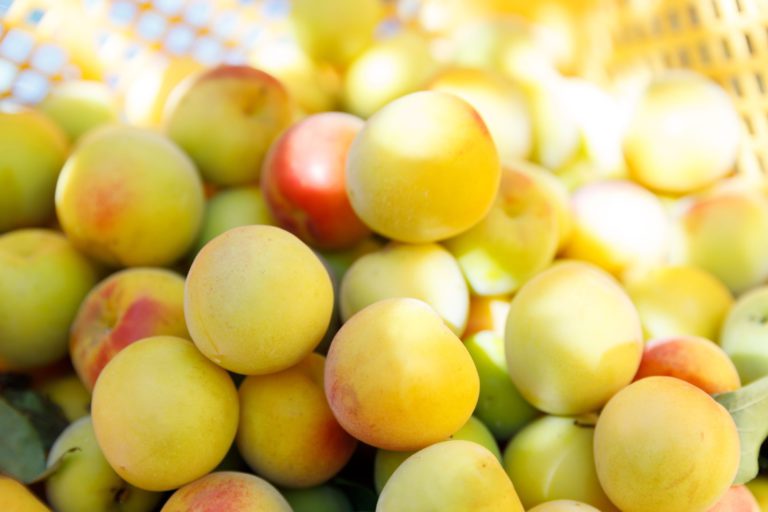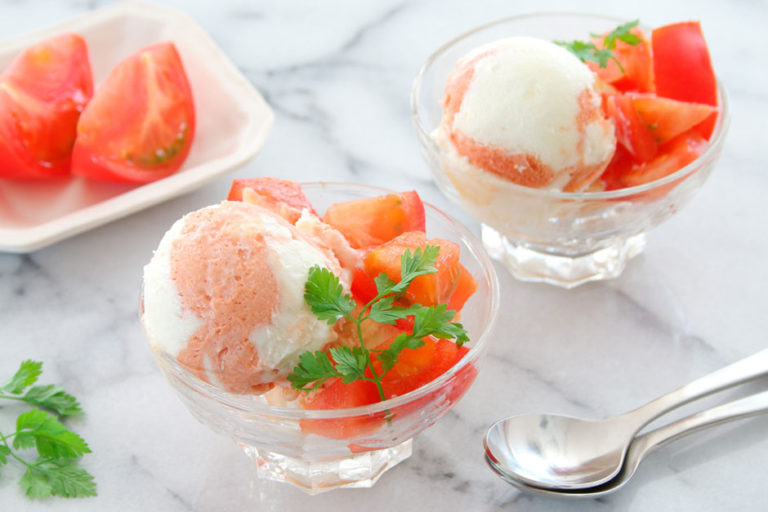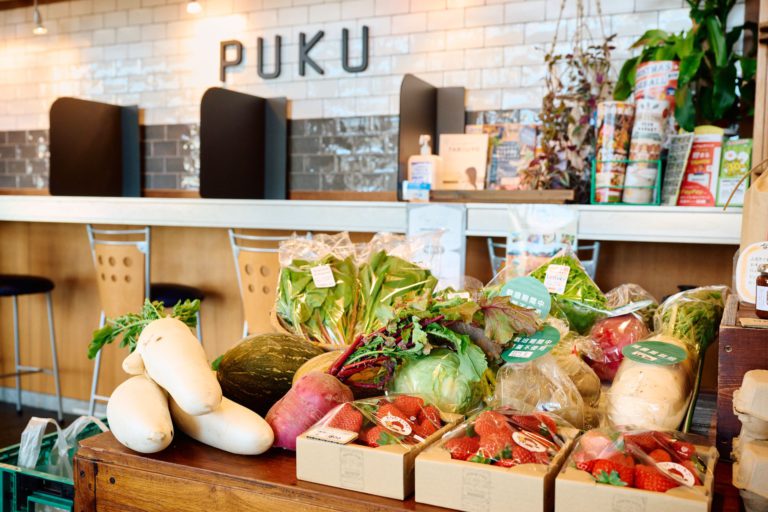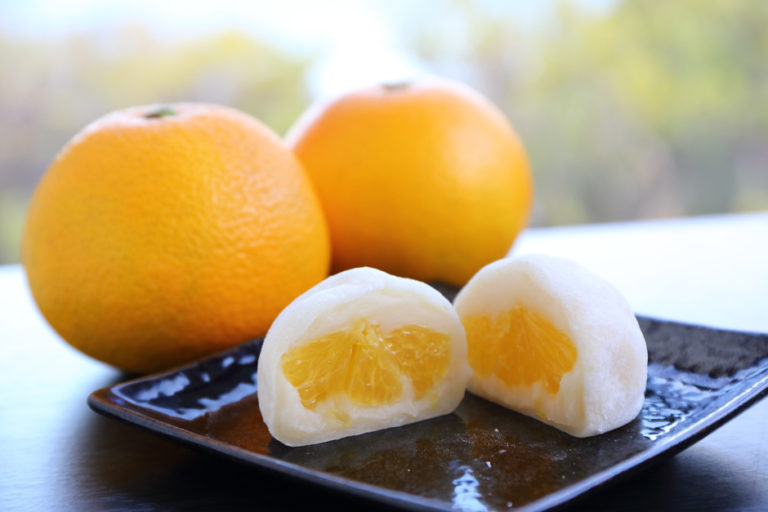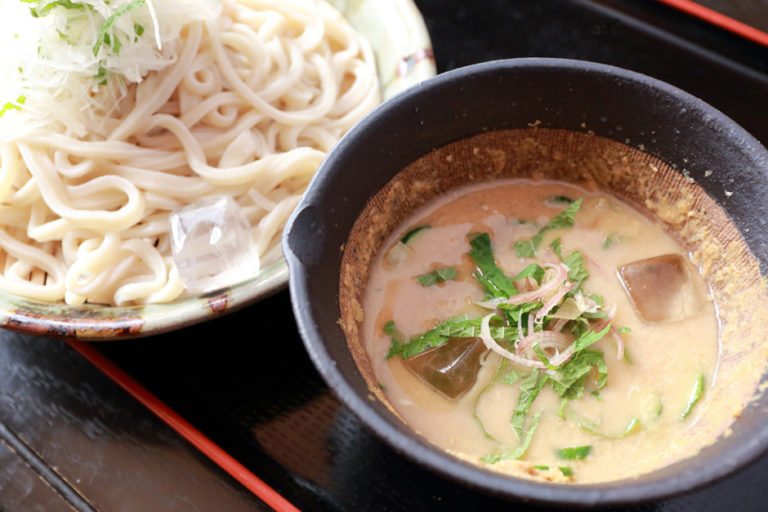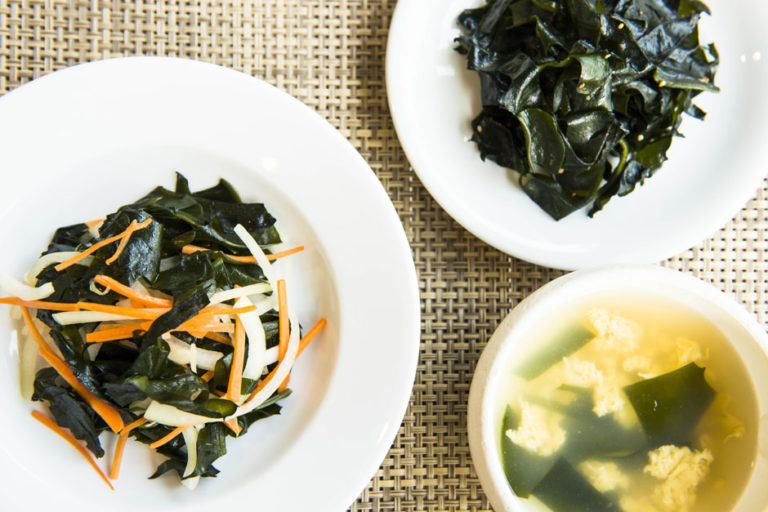The Evolving Flavors and Aromas of Traditional Japanese Pickled Ume Plums
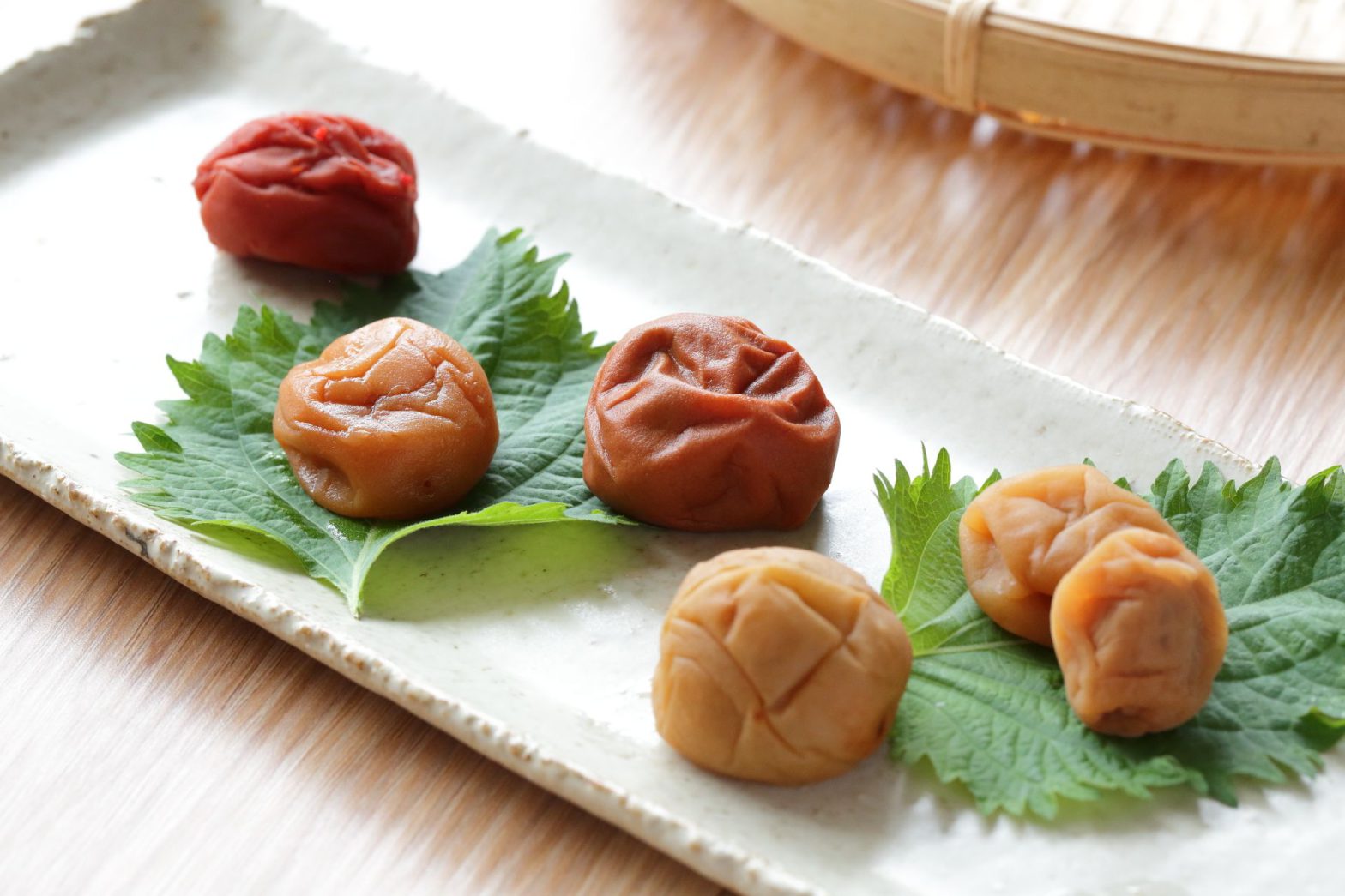
Preserved Food Present in the Kitchens of Japan Since the Ancient Times
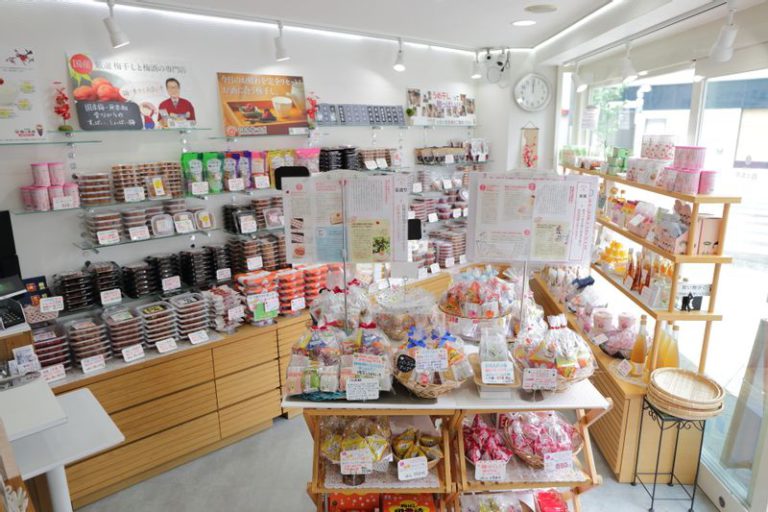
Umeboshi are a Japanese preserved food that is made by pickling ume plums in salt and then drying them in the sun. Chinese ume plums are thought to have made their way to Japan at the end of the 3rd century, and the first written records of umeboshi appeared in the mid-Heian period. Since they keep for a long time, umeboshi were treasured as food for warriors in the Sengoku period (1467–1600) and it is said that they spread to the tables of commoners by the middle of the Edo period (1603–1867). Apparently, that is also when umeboshi pickled with red perilla leaves and a sweet variation pickled with sugar and wrapped in red perilla leaves called kanrobai emerged.
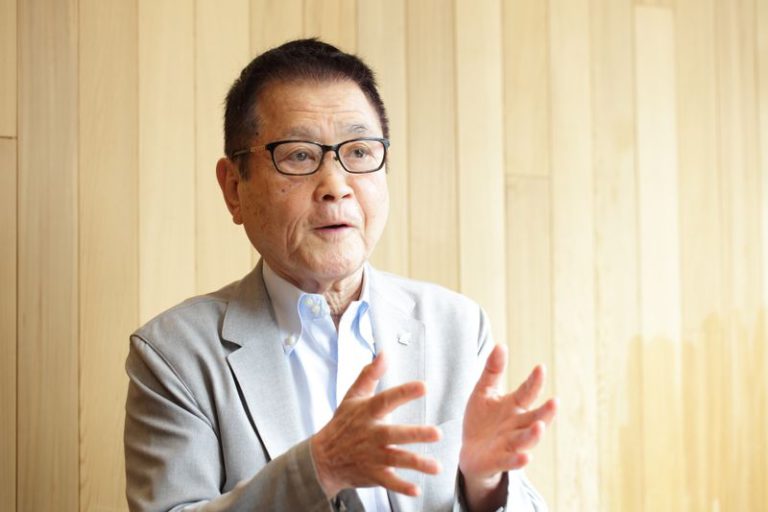
“I eat umeboshi every day and experience its positive effects, even after eating just one. Two umeboshi can be eaten per day,” says the President and Representative Director of Nihonbashi Umemahonpo, Mr. Tochikubo. “Eating umeboshi has countless benefits. Ume plums are much richer in citric acid and polyphenols compared to any other fruits. While citric acid is good at alleviating fatigue, polyphenols suppress the growth of bacteria and have many hidden health and medicinal benefits.”
Farmers of Japan who Grow and Pickle Ume Plums
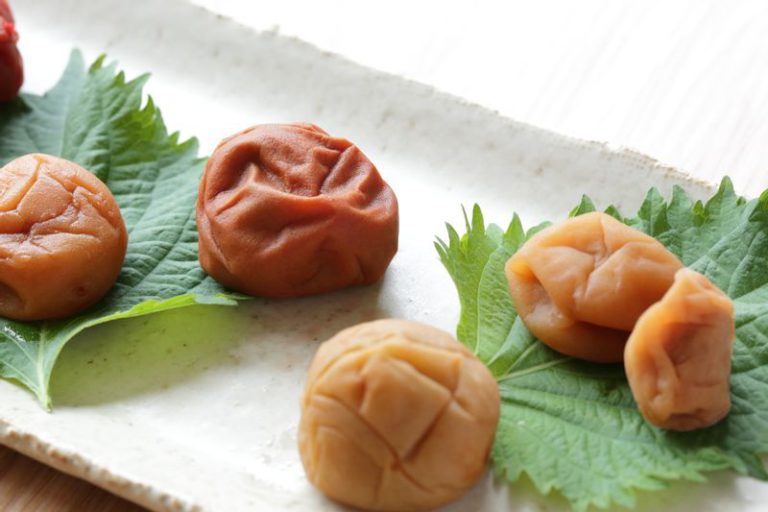
“Umeboshi are a crucial part of the food culture that has supported the daily lives of Japanese people,” continues Mr. Tochikubo, who opened Nihonbashi Umemahonpo to spread the appeal of this pickled food. His specialty store sells only selected domestic umeboshi. The more than 60 available types have all been carefully chosen by Mr. Tochikubo, who personally visited producers across Japan. Every one of them makes umeboshi starting from growing the key ingredient: ume plums. Therefore, their products are 100% domestically made. The store gathers a variety of umeboshi from different regions. The product lineup includes umeboshi made in Wakayama Prefecture, famous for growing ume plums, as well as ones from Kagoshima, Toyama, Kanagawa, and Gunma.
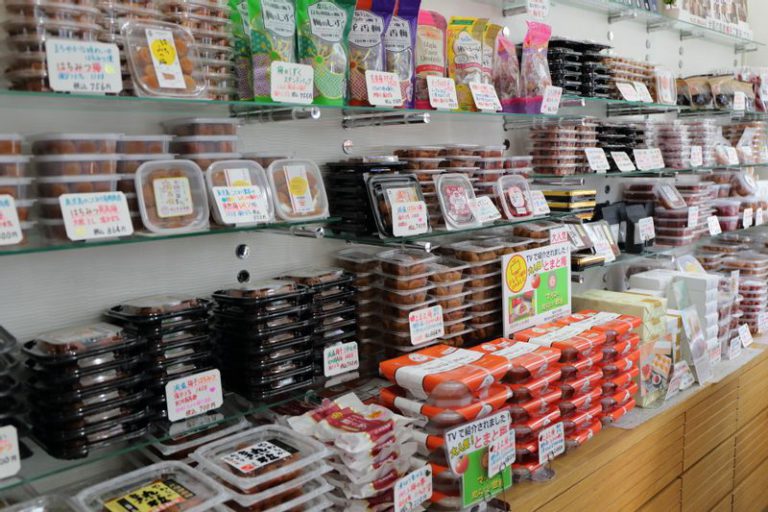
The process of making umeboshi takes a lot of time and effort. After harvest in June, the stem ends are removed from each ume plum one by one. Following this step, which is referred to as umeshigoto (lit. “ume plum work”), the fruits are sterilized with distilled spirit called shochu or other alcohol, and pickled with salt. In July, ume plums are neatly lined up and dried in the sun. Incidentally, this process of sun-drying is called Doyo-boshi (lit. “summer airing”), since it is carried out over the 18 days after the rainy season and before Risshu (the first day of autumn according to the lunar calendar), which are characterized by a lot of sunny weather. This period is known in Japanese as Natsu no Doyo (lit. “the change of season to summer”), hence the name. When September comes around, umeboshi are finally ready.
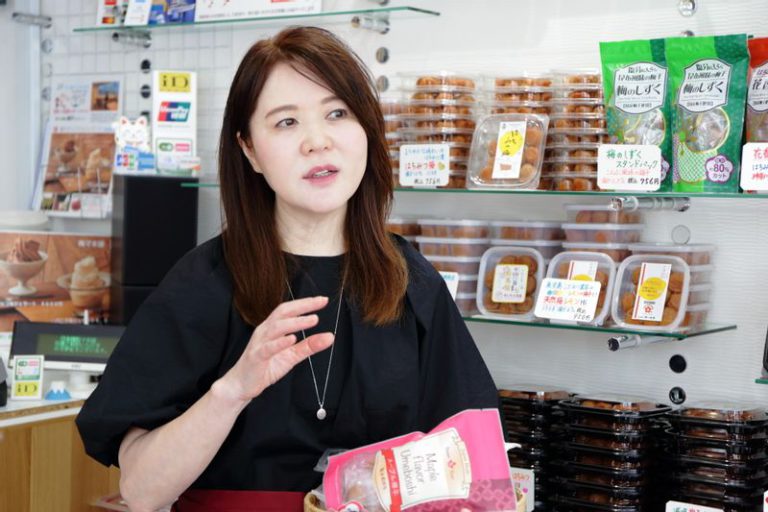
Mieko, who works at Nihonbashi Umemahonpo, tells us about the passion that umeboshi producers put in into their products. “Every producer is extremely particular about and has pride in the making process. To give you an example, a producer of the Baiju (with 12% salt content) brand of umeboshi made using Himi Inazumi Ume from Toyama Prefecture refrains from using any fruits that fail to meet a list of 92 original quality standards. They use solely ume plums with no detected pesticides and import rich in minerals sun-dried salt from Mexico and Australia that they wash with water and dry under the sun before using it in Japan. Their brand of umeboshi has a well-balanced content of citric acid, which is the key component of this pickled fruit, minerals, and acidity.”
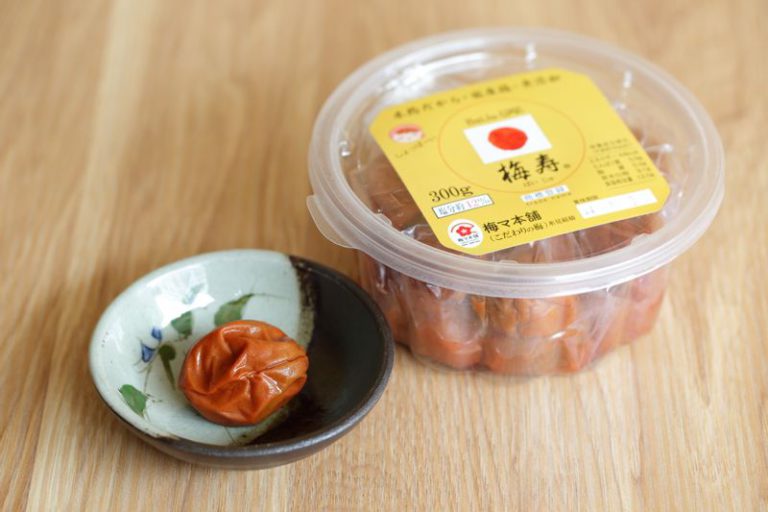
From Tomato to Chili Peppers: Modern Takes on Umeboshi with Tasty Twists
The humble umeboshi can have different tastes depending on the ume plum variety and the production process. According to Mieko, umeboshi with the salt content varying between around 8 to 12% are easy to eat. However, the store carries a wide variety of unique products, including very salty umeboshi with the salt content up to 22%, ones flavored with honey and reduced salt content between 0 to 3%, lightly salted ones, and sweet umeboshi.
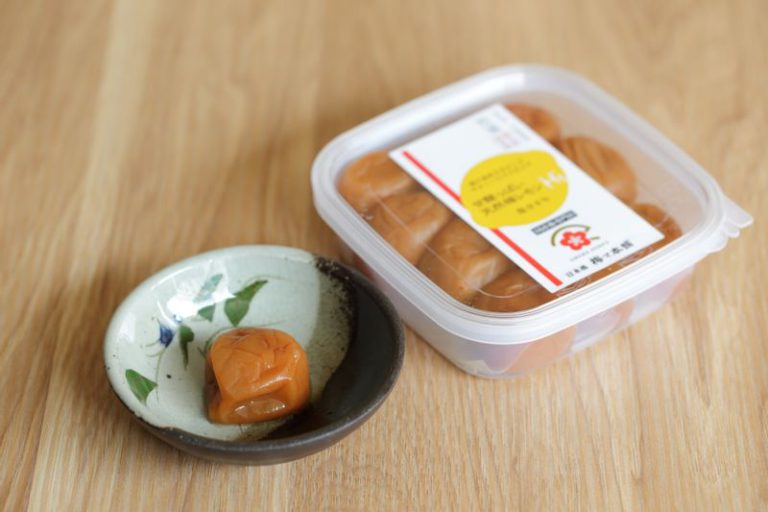
UME Lemon Hi (with 8% salt content) is the store’s original product made in Kagoshima Prefecture. The brand places great importance on organic farming, keeping the use of chemical fertilizers and synthetic pesticides to an absolute minimum. Made by utilizing the power of nature, these umeboshi use the Nanko variety of ume plums. It is a refreshingly tasting product with a light lemon aroma.
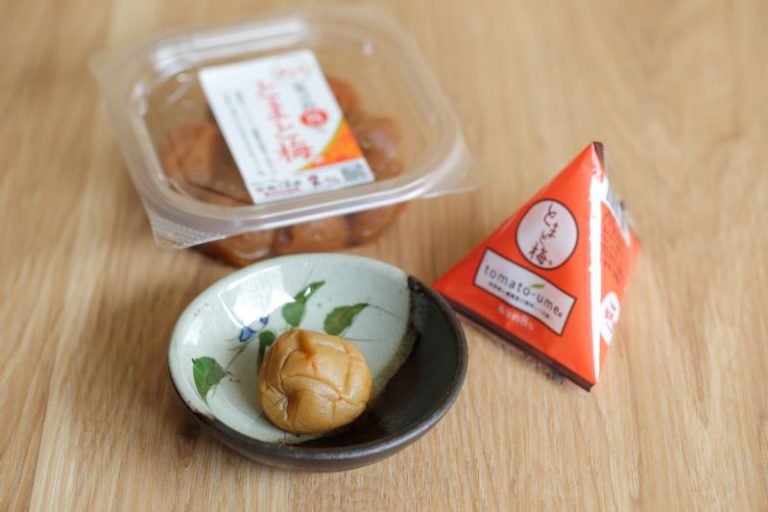
Tomato-Ume (with 8% salt content) is a product that contains the Nanko plums pickled together with the Yutosei mini tomatoes (with sugar content around 12%). They provide a new flavor sensation that combines the umami and refreshing sweetness of tomatoes.
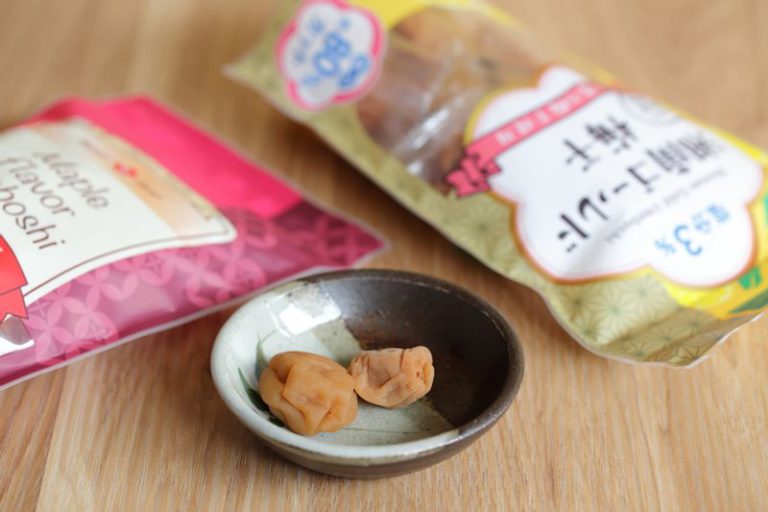
Shonan Gold Umeboshi (with 5% salt content) are sour and sweet, whereas Maple Flavor Umeboshi (with 8% salt content) are pickled in maple syrup instead of the usual honey. Both of these products are made from ume plums from Soga in Odawara in Kanagawa Prefecture. The skin and flesh of umeboshi from Soga have a good bite to them.
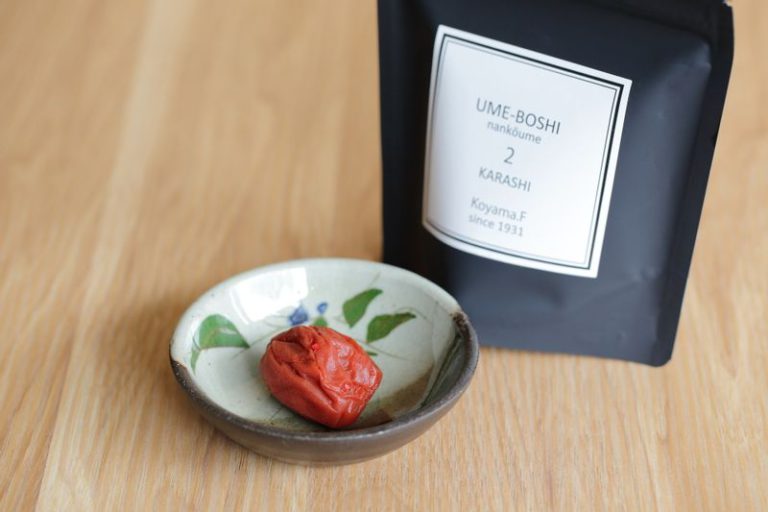
Karashi Umeboshi (with 11% salt content) are the Nanko plums from Wakayama Prefecture pickled with chili peppers. They are an umeboshi equivalent of spicy cod roe. The aroma of spices and a hint of spiciness blend with the umami and sourness of umeboshi, making for a perfect snack to enjoy with a drink.
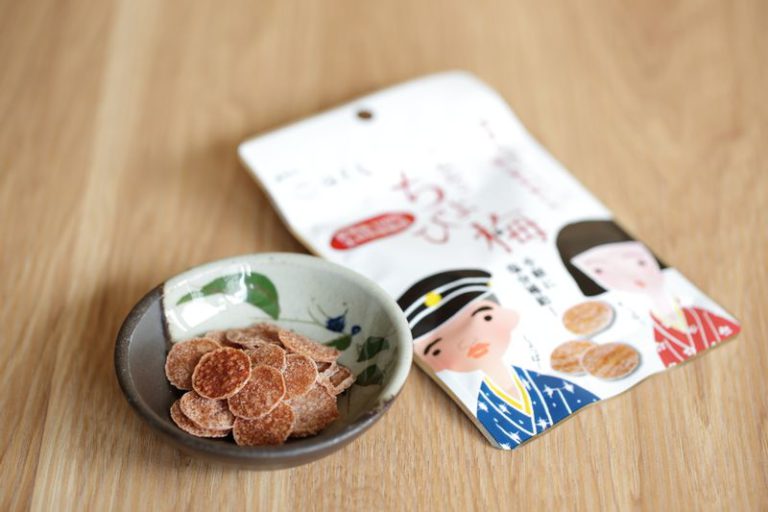
Among more unique products, there are Chobi-ume. These dried umeboshi with 20% salt content provide a nice kick of saltiness. They may come in handy as a way to replenish sodium after working up a sweat in the summer heat.
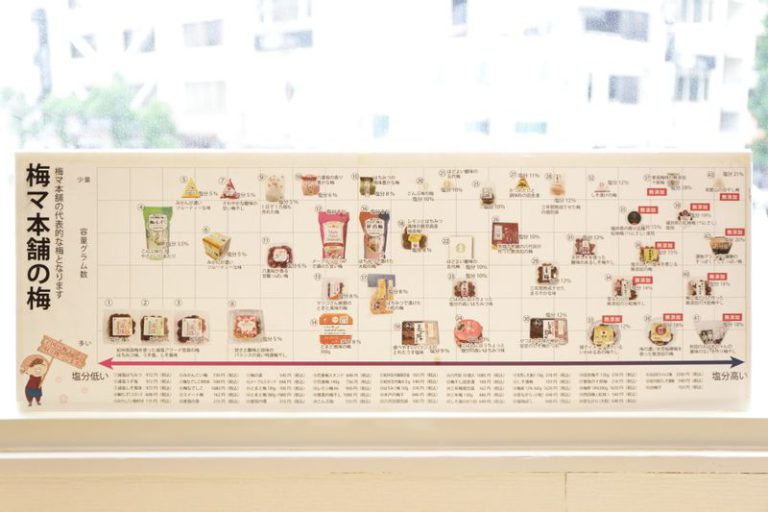
“Nowadays, we have many customers from overseas who come looking for umeboshi that suit their tastes. We also offer umeboshi that can be bought by the piece, starting from one, so please visit us to try different brands and find your favorite,” says Mieko. As you can see, the flavors of umeboshi have been evolving with the times. How about incorporating them into your diet this summer?

